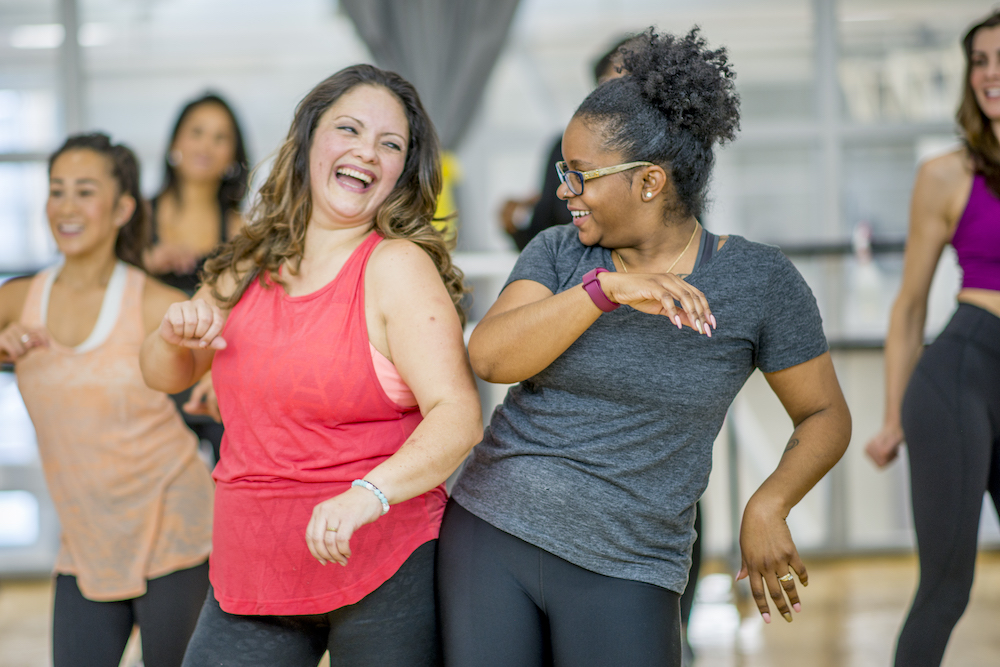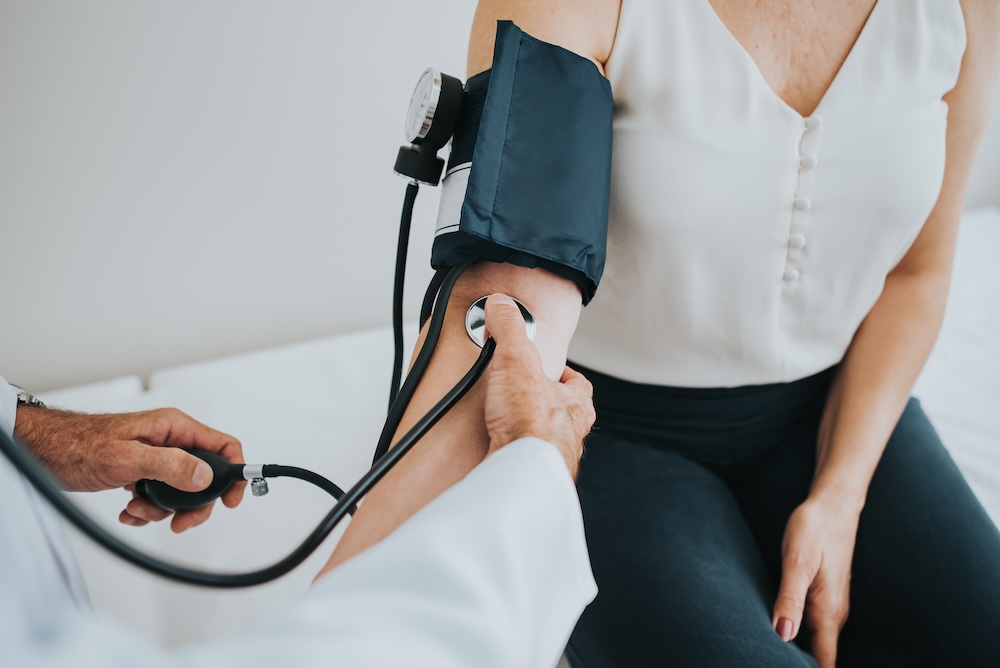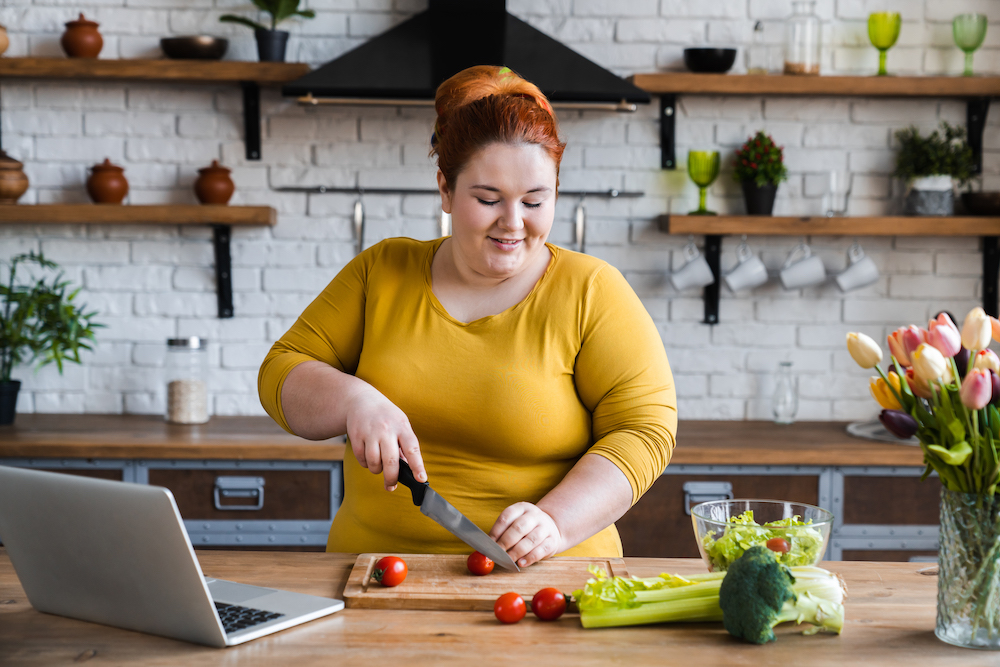If you find it hard to feel motivated to go to the gym or fit in a run before or after work, short, intense bursts of exercise called “exercise snacking” could be for you. It can help you increase your active minutes without breaking too much of a sweat or leaving your house. It is perfect if you find self-care time is squashed between the heavy responsibilities of working, or caring for your parents and/or children.
Find what you need quickly
Why do we need to keep moving?
Working from home offers so many benefits, but the downside can be a lowered step count due to a lack of physical activity during commuting and office duties. If your step count is hovering around 1,500 steps or lower, it’s time to really think about getting moving.
Work is not the only problem when it comes to being more sedentary, as our leisure time is often centered around watching TV, computers, or our mobiles. We are moving less and that’s having an impact on our health. Research suggests that prolonged sitting might be linked to greater risks of early death. It is also linked to chronic diseases, such as diabetes and heart disease.
Menopause is the time to evaluate your activity and think about the impact on your health in later life.
What is exercise snacking?
Exercise snacking is a fancy name for short, intense bursts of exercise that you can slot into your day. Instead of doing one hour of exercise in one go, you can break it into smaller chunks with rest periods in between. The idea comes from a workout concept known as high-intensity interval training (HIIT) or sprint interval training (SIT).
Does exercise snacking work?
Recent research does show positive effects of exercise snacking on fitness levels.
One study researched whether stair-climbing exercise snacking improved cardio fitness. People were asked to race up three flights of stairs, taking 20 seconds to climb 60 steps on average. They did this three times a day, with a 1-4 hour rest period between climbs, three times a week. After six weeks, the participants recorded a 5% increase in aerobic fitness, as well as increased leg power.
Another study found that breaking up periods sitting down with a two-minute walk or a set of squats every 30 minutes had positive effects on stabilizing blood sugar levels.
The upside of exercise snacking is that you do not need special equipment, oodles of spare time, or expensive gym memberships to increase your activity level. It is about staying mindful of your sitting time and breaking it up with bouts of activity. Maybe you can look at your stairs in a new light!
How to get your exercise snacking in while at home
Exercise, strength training and nutrition expert Meera Bhogal shares her ideas on how to keep on moving while working from home or when doing day-to-day activities around the home.
Coffee squats
While waiting for your coffee to brew you can do 20 reps of this fantastic muscle-building exercise to get your blood flowing.
Simmer lunges
Get in 10-15 powerful lunges while waiting for your dinner to cook. These will strengthen your legs and glutes and improve flexibility.
Pack away squat and presses
Heaving in the shopping can work your upper body but putting it all in the cupboards can also help keep you mobile. Work your upper and lower body by adding in squats and presses.
Toaster press-ups
Why not give some incline press-ups a go while waiting for your toast to pop – it’s a fab stop clock!
Brushing march
Increase your balance and core stability by marching while brushing your teeth.
Four stretches to help while working from home
Do you get lost in your work and realize you’ve been typing or on a call for 60 minutes without a break or moving position? “Whether you are working from home or in the office it is important to get up, stand up, and move around for a stretch,” says Meera.
Here are Meera’s top stretches when working at a desk.
Chest opener
- Clasp your hands behind your back
- Squeeze your shoulder blades together and keep your chest up
Tricep stretch
- Bring your left elbow strategy up while bending your arm
- Grab your left elbow with your right hand
- Pull your left elbow towards your head with light pressure
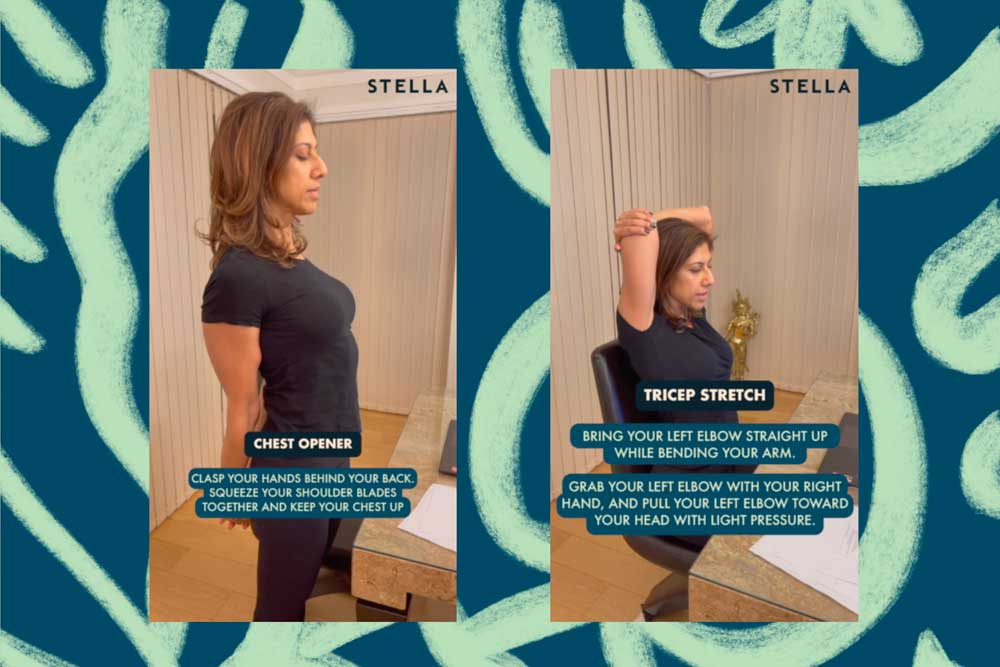
Wrist and ankle rotations
Rotate your palms and ankles clockwise and anticlockwise to increase flexibility and improve circulation
Backstretch
- Use the back of the chair in front of you
- Extend your arms straight out while pushing your hips back
- It is a great way to stretch out your back if you have been sitting for a long time
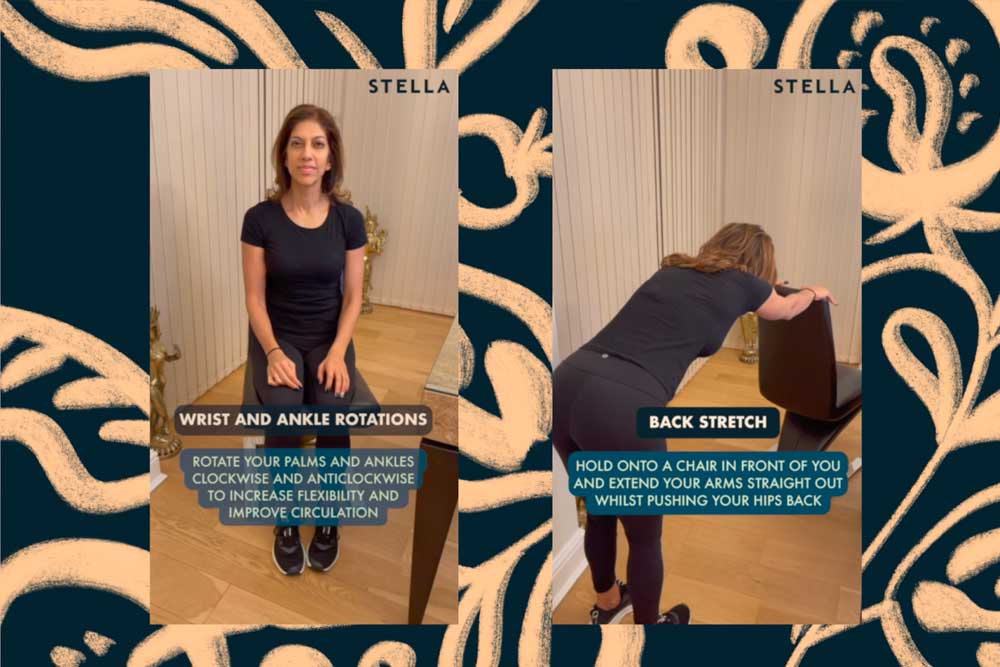
Final word
Dr. Lucy Wilkinson says: “Exercise snacking is a great way to increase activity but it is important to remember that this is just one part of the bigger picture when it comes to your overall health.
“If you are sitting for long periods, you still need to think about your diet and maintain a healthy weight as it is unlikely that exercise snacking alone will be enough to offset a diet which is too high in calories.
“You should be aiming for either 75 minutes of vigorous-intensity or 150 minutes of moderate-intensity exercise per week, which can be difficult to achieve if you are relying on exercise snacking as your only form of exertion.
“Strength training on at least two days per week is also recommended, and this is particularly important in women around menopausal age as it becomes more difficult to maintain your muscle mass and bone density due to hormonal changes. A well-rounded program that works all of the main muscle groups is best, and you will need to be organized to achieve this with exercise snacking alone – although it is possible!
“Finally, consider your posture if you spend a lot of time seated or using a computer. This is especially true if you struggle with back, neck, or shoulder pain, as all of these can become more troublesome around the time of menopause.
“As always, check in with your healthcare provider before starting a new exercise regime. This is especially important if you have any heart or circulation problems, or if you have any breathlessness, palpitations, chest pain, dizziness, or other symptoms.”


